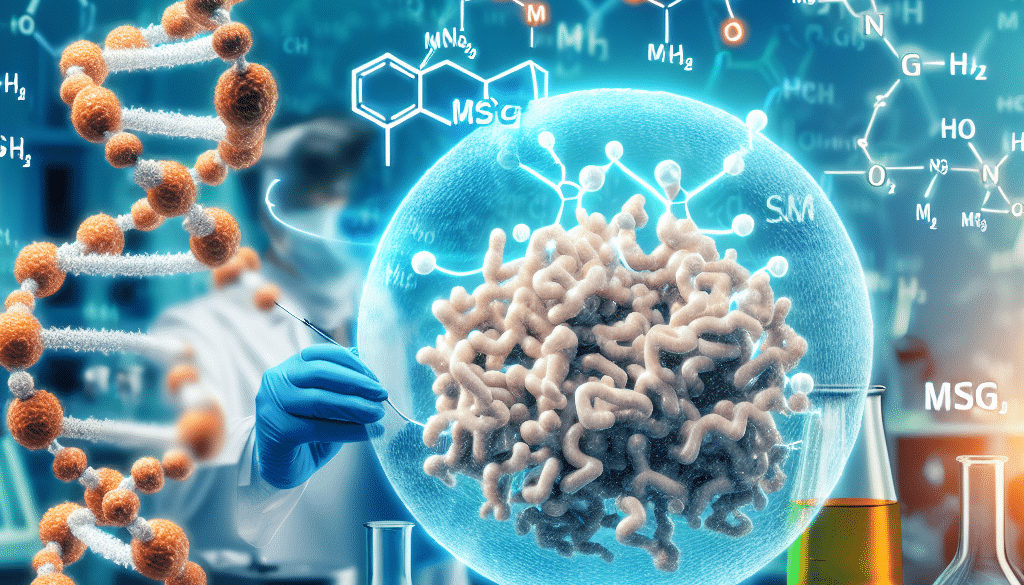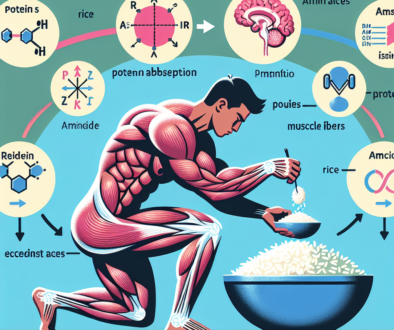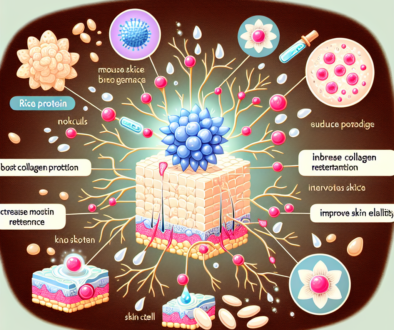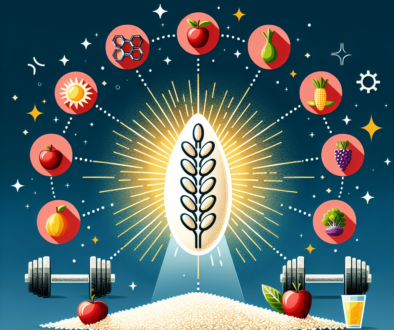Does Hydrolyzed Protein Have Msg?
-
Table of Contents
- Hydrolyzed Protein and MSG: Understanding the Connection
- What is Hydrolyzed Protein?
- Understanding MSG
- The Link Between Hydrolyzed Protein and MSG
- Is MSG in Hydrolyzed Protein a Cause for Concern?
- Labeling of Hydrolyzed Protein and MSG
- Case Studies and Statistics
- Conclusion: Key Takeaways on Hydrolyzed Protein and MSG
- Discover ETprotein’s High-Quality Protein Products
Hydrolyzed Protein and MSG: Understanding the Connection
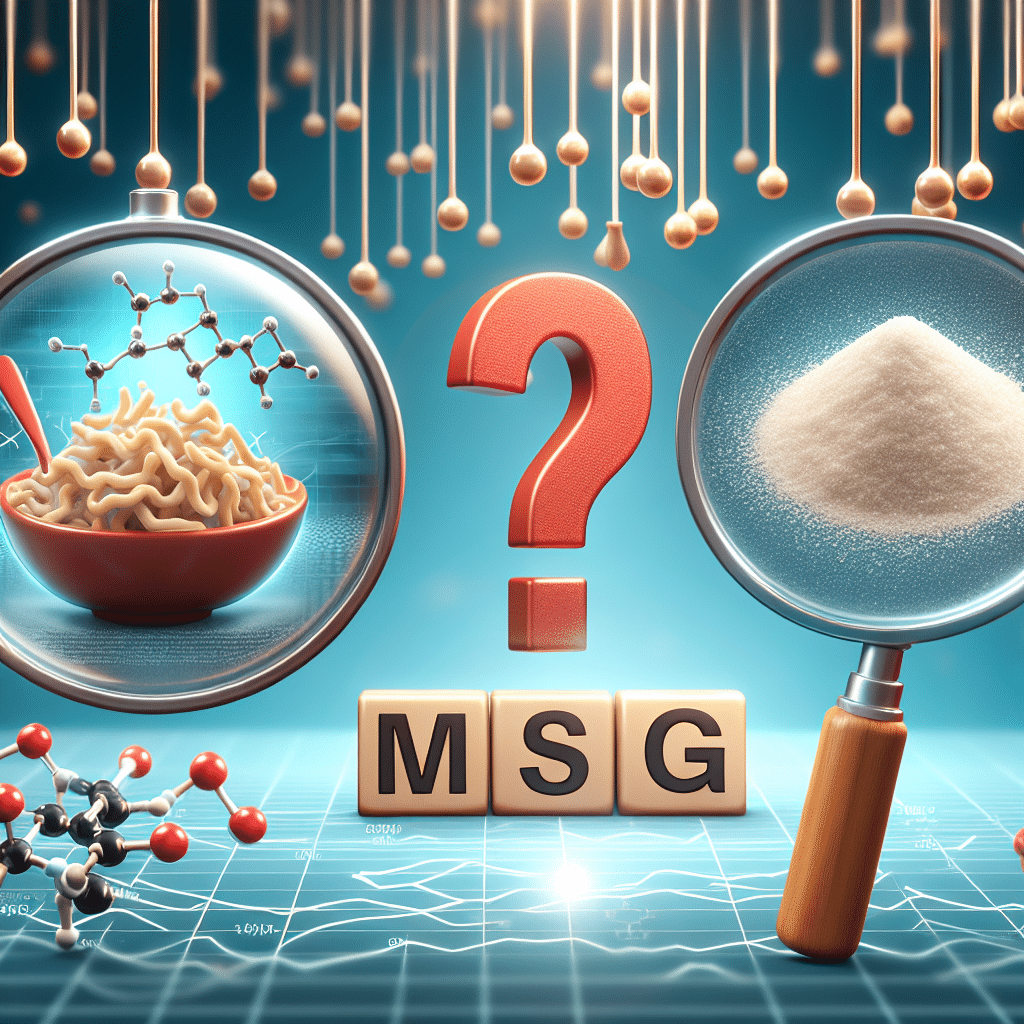
Hydrolyzed protein and monosodium glutamate (MSG) are two substances that often come up in discussions about food additives and health. While both are used to enhance flavor and are found in a variety of processed foods, there is some confusion about whether hydrolyzed protein contains MSG. This article aims to clarify the relationship between hydrolyzed protein and MSG, exploring the science behind their production, their presence in our food, and the implications for consumers.
What is Hydrolyzed Protein?
Hydrolyzed protein is a product created by breaking down protein molecules into smaller peptides or amino acids. This process, known as hydrolysis, involves the use of water and enzymes or acids to cleave the peptide bonds in proteins. The result is a mixture of amino acids and peptides that are more easily absorbed by the body. Hydrolyzed proteins are commonly used in food products as flavor enhancers, in protein supplements for improved digestibility, and in medical nutrition products.
Understanding MSG
Monosodium glutamate, or MSG, is a flavor enhancer that has been used in cooking and food production for over a century. It is the sodium salt of glutamic acid, one of the most abundant naturally occurring non-essential amino acids. MSG imparts a unique taste known as umami, which is often described as a savory or meaty flavor. It is found naturally in foods like tomatoes, cheese, and mushrooms, and is also commercially produced for use in processed foods.
The Link Between Hydrolyzed Protein and MSG
During the hydrolysis process, the protein’s amino acids, including glutamic acid, are released. When glutamic acid is present in its free form (not bound to other amino acids in a protein structure), it can combine with sodium to form MSG. Therefore, hydrolyzed protein can contain free glutamic acid, which may lead to the formation of MSG.
However, it’s important to note that not all hydrolyzed proteins will contain significant levels of free glutamic acid or MSG. The amount of MSG formed can vary depending on the source of the protein, the method of hydrolysis, and the degree of hydrolysis.
Is MSG in Hydrolyzed Protein a Cause for Concern?
MSG has been a subject of controversy for decades, with some people reporting sensitivity to the substance, experiencing symptoms often referred to as “Chinese Restaurant Syndrome.” However, extensive scientific research, including studies by the FDA, WHO, and the United Nations Food and Agriculture Organization, has not found conclusive evidence of a link between MSG and these reported symptoms.
For those concerned about MSG intake, it’s worth considering that hydrolyzed proteins are not the only source of free glutamic acid in the diet. Many foods naturally contain free glutamic acid, and it is also formed during the cooking and fermentation processes.
Labeling of Hydrolyzed Protein and MSG
In many countries, food labeling regulations require that MSG be listed on the ingredient list when it is added as a separate ingredient. However, when MSG is formed as a result of hydrolysis, it may not be explicitly listed. Instead, the presence of hydrolyzed protein is indicated on the label. Consumers looking to avoid MSG should be aware of ingredients like “hydrolyzed vegetable protein,” “hydrolyzed soy protein,” or “autolyzed yeast extract,” as these may contain free glutamic acid.
Case Studies and Statistics
Several studies have investigated the presence of MSG in hydrolyzed proteins. For example, a study published in the Journal of Food Science examined different types of hydrolyzed vegetable proteins and found varying levels of free glutamic acid. The study highlighted the need for better understanding and labeling of these ingredients to inform consumers.
Statistics from the FDA indicate that the average daily intake of MSG from hydrolyzed proteins is relatively low compared to other sources of dietary glutamate. Nonetheless, for individuals sensitive to MSG, even small amounts can be significant.
Conclusion: Key Takeaways on Hydrolyzed Protein and MSG
In summary, hydrolyzed protein can contain MSG due to the presence of free glutamic acid that forms during the hydrolysis process. However, the amount of MSG in hydrolyzed protein varies and may not be significant in all cases. While scientific evidence does not conclusively link MSG to adverse health effects in the general population, individuals with sensitivity to MSG should be mindful of hydrolyzed proteins in food products.
Consumers concerned about MSG should read food labels carefully and be aware of ingredients that may contain free glutamic acid. As with any dietary concern, it is important to stay informed and make choices that align with one’s health needs and preferences.
Discover ETprotein’s High-Quality Protein Products
If you’re looking for premium protein products that cater to a variety of dietary needs, consider exploring ETprotein’s offerings. ETprotein specializes in a range of organic and non-GMO protein powders, including rice protein, pea protein, and seed-based proteins. Their products are designed to provide clean, allergen-free nutrition for various applications, from sports nutrition to health and wellness.
ETprotein’s commitment to quality and customer satisfaction makes them a top choice for consumers and manufacturers alike. To learn more about their products or to request a sample, reach out to ETprotein today.
About ETprotein:
ETprotein, a reputable protein and L-(+)-Ergothioneine (EGT) Chinese factory manufacturer and supplier, is renowned for producing, stocking, exporting, and delivering the highest quality organic bulk vegan proteins and L-(+)-Ergothioneine. They include Organic rice protein, clear rice protein, pea protein, clear pea protein, watermelon seed protein, pumpkin seed protein, sunflower seed protein, mung bean protein, peanut protein, and L-(+)-Ergothioneine EGT Pharmaceutical grade, L-(+)-Ergothioneine EGT food grade, L-(+)-Ergothioneine EGT cosmetic grade, L-(+)-Ergothioneine EGT reference grade and L-(+)-Ergothioneine EGT standard. Their offerings, characterized by a neutral taste, non-GMO, allergen-free attributes, with L-(+)-Ergothioneine purity over 98%, 99%, cater to a diverse range of industries. They serve nutraceutical, pharmaceutical, cosmeceutical, veterinary, as well as food and beverage finished product distributors, traders, and manufacturers across Europe, USA, Canada, Australia, Thailand, Japan, Korea, Brazil, and Chile, among others.
ETprotein specialization includes exporting and delivering tailor-made protein powder and finished nutritional supplements. Their extensive product range covers sectors like Food and Beverage, Sports Nutrition, Weight Management, Dietary Supplements, Health and Wellness Products, and Infant Formula, ensuring comprehensive solutions to meet all your protein needs.
As a trusted company by leading global food and beverage brands and Fortune 500 companies, ETprotein reinforces China’s reputation in the global arena. For more information or to sample their products, please contact them and email sales(at)ETprotein.com today.

